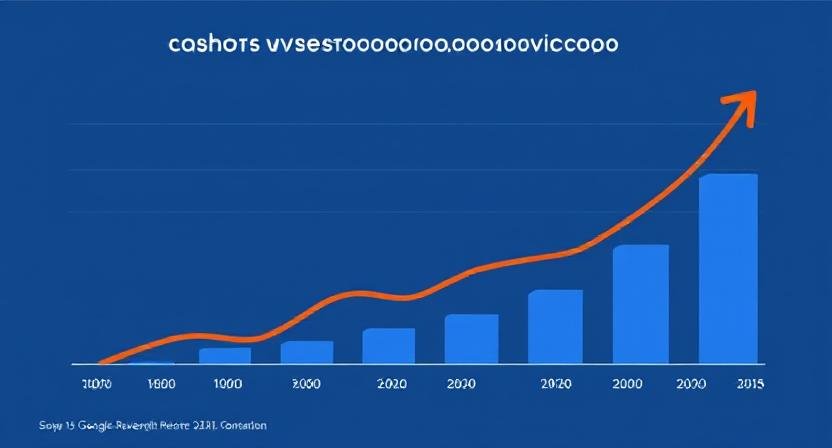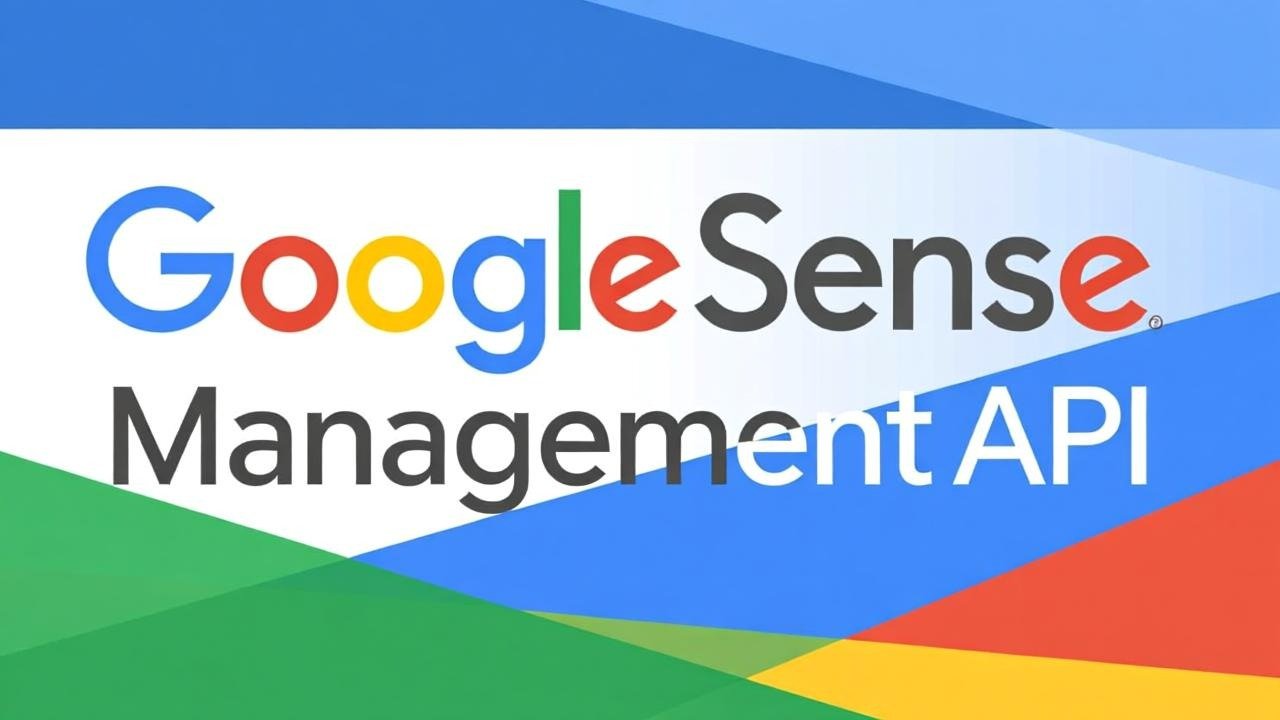As Google Ads continues to evolve in 2025, advertisers must adapt to new tools, AI-driven automation, and shifting consumer behaviors to maintain competitive advantage. Success doesn’t come from simply launching ads; it requires ongoing optimization informed by data and strategic insights.
This article explores proven strategies for how to create Google Ads campaigns that convert, how to post ads on Google for free, leveraging a website ad revenue calculator to forecast your earnings, and using a website AdSense earning checker to track real-time performance. Implementing these tactics will maximize your ROI, lower wasted spend, and grow your online presence effectively.
How to Create Google Ads that Drive Conversions
Creating powerful Google Ads campaigns requires attention to detail at every step:
Define Your Campaign Goals Clearly
Start by choosing specific, measurable objectives—such as lead generation, sales, or brand awareness. Your campaign type, bidding strategy, and audience targeting depend on these goals.
Campaign Type Selection
Pick the best campaign type—Search ads for intent-driven users, Display ads for brand reach, YouTube ads for engagement, or Performance Max for cross-channel automation.
Keyword Research and Targeting
Use Google Keyword Planner and performance data to pick relevant, high-converting keywords. Emphasize exact and phrase matches, and build extensive negative keyword lists to exclude irrelevant traffic.
Craft Responsive Ads
Create multiple headlines and descriptions using Responsive Search Ads. Google’s AI will determine the best combinations to show the right message to the right user.
Smart Bidding Strategies
Use Target CPA, Target ROAS, or Maximize Conversions for AI-driven bid optimization, ensuring budgets are spent most efficiently.
Monitor and Optimize Progressively
Review CTR, CPC, Quality Score, and conversion metrics regularly. Use data insights to refine ads, keywords, and targeting for continuous improvement.
How to Post Ads on Google for Free: Tips and Tricks
While Google Ads requires payment, some effective ways exist to generate visibility without incurring costs upfront:
-
Google Ad Credits: New advertisers often get promotional credits after qualifying spends.
-
Google Business Profile: Enhancing your profile boosts local search visibility for free.
-
Smart Campaigns: Automate efficient ad delivery with minimal budgets.
-
SEO and Content Marketing: Build organic traffic through SEO-optimized content to supplement paid advertising.
Estimating Income Using a Website Ad Revenue Calculator
Before scaling, estimate your site’s ad revenue potential:
-
Input site traffic, CTR, CPC, and RPM into a tool like the AdSense Revenue Calculator.
-
Use forecasts to allocate marketing budgets wisely and identify monetization opportunities.
-
Regular recalibrations ensure projections remain aligned with growth.
Tracking Earnings with a Website AdSense Earning Checker
Consistent revenue monitoring is vital:
-
Use the Google AdSense dashboard for detailed earnings, CTR, and RPM data.
-
Supplement with third-party tools offering deeper analytics and alerting.
-
Analyze high-performing content and optimize ad placements with data-driven insights.
Advanced Google Ads Optimization Tips for 2025
-
Leverage Audience Segmentation: Utilize remarketing lists, Customer Match, and in-market audiences for precise targeting.
-
Embrace AI & Automation: Harness Smart Bidding and Performance Max campaigns while combining human oversight.
-
Focus on Landing Page Experience: Fast, mobile-friendly pages aligned with ads improve conversions and Quality Scores.
-
Maximize Ad Extensions: Use all relevant extensions to expand ad real estate and boost engagement.
-
Regular A/B Testing: Routinely test ads and landing pages to uncover winning combinations.
-
Avoid Over-Optimization: Give AI systems proper learning time and avoid frequent dramatic changes that reduce efficiency.
Avoid These Common Pitfalls
-
Ignoring accurate conversion tracking.
-
Frequent, unplanned bid adjustments.
-
Neglecting audience-based targeting in favor of keywords only.
-
Prioritizing vanity metrics over real conversion data.
Authoritative Resource
For ongoing updates and official best practices, consult the Google Ads Help Center. This is the definitive source for advertiser guidance and platform insights.
Conclusion
Winning with Google Ads in 2025 requires a balanced blend of strategic campaign creation, cost-effective posting, insightful revenue estimation, and vigilant performance tracking. By mastering how to create Google Ads, utilizing free posting opportunities, estimating with a website ad revenue calculator, and monitoring via a website AdSense earning checker, advertisers can maximize their digital marketing ROI and scale efficiently.











1 thought on “Google Ads Optimization Strategies for 2025: How to Create, Post, Calculate, and Track for Maximum Results”